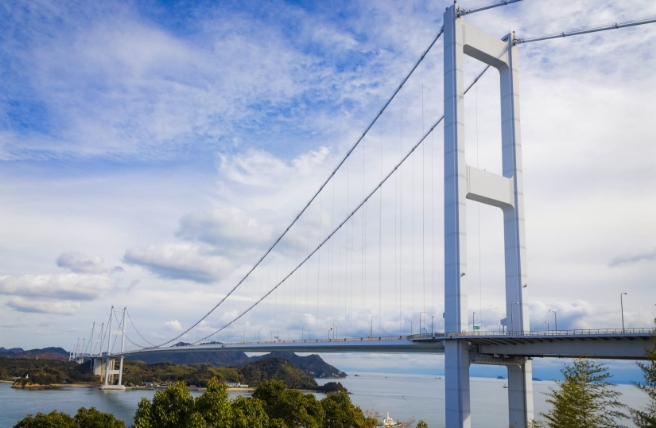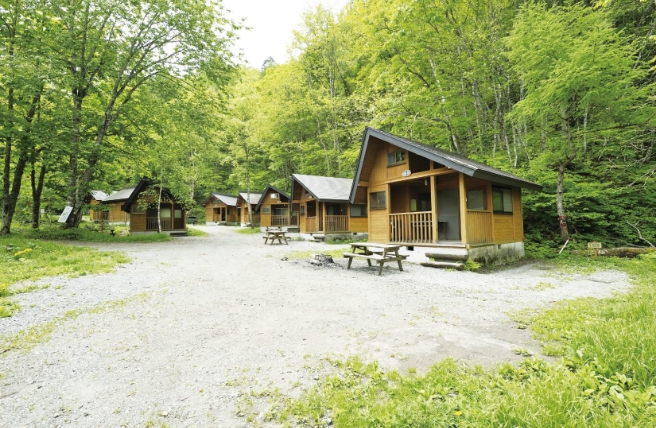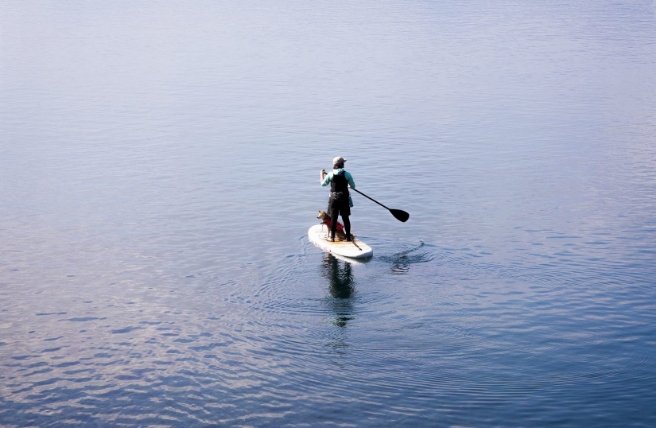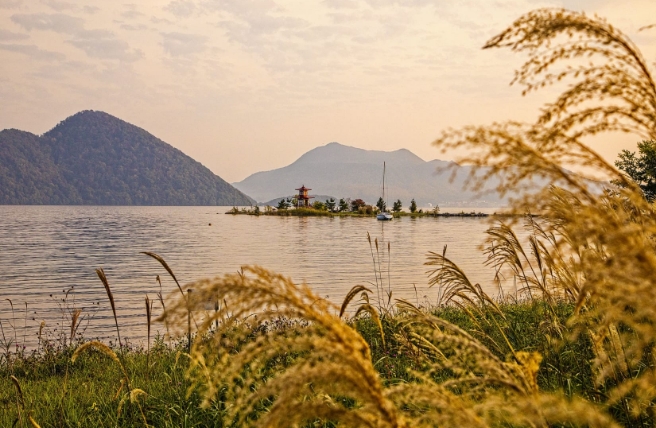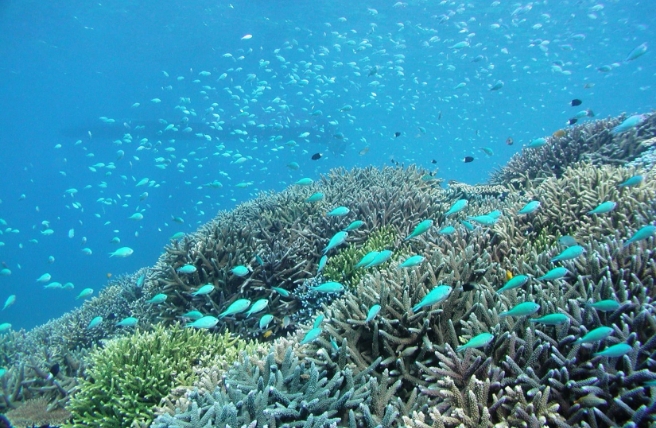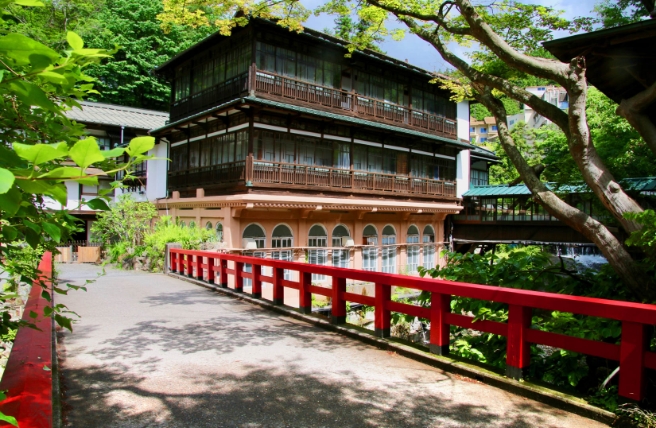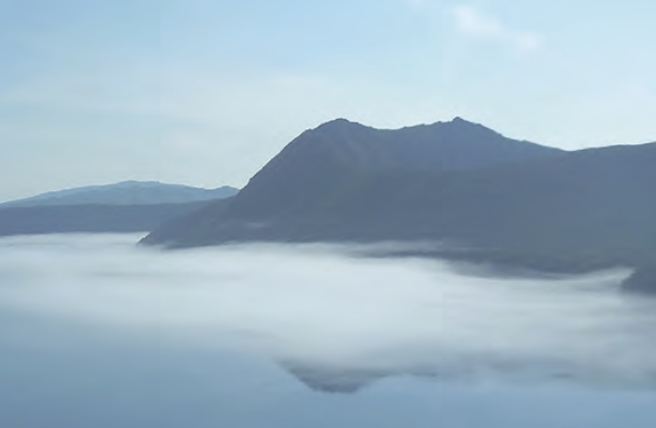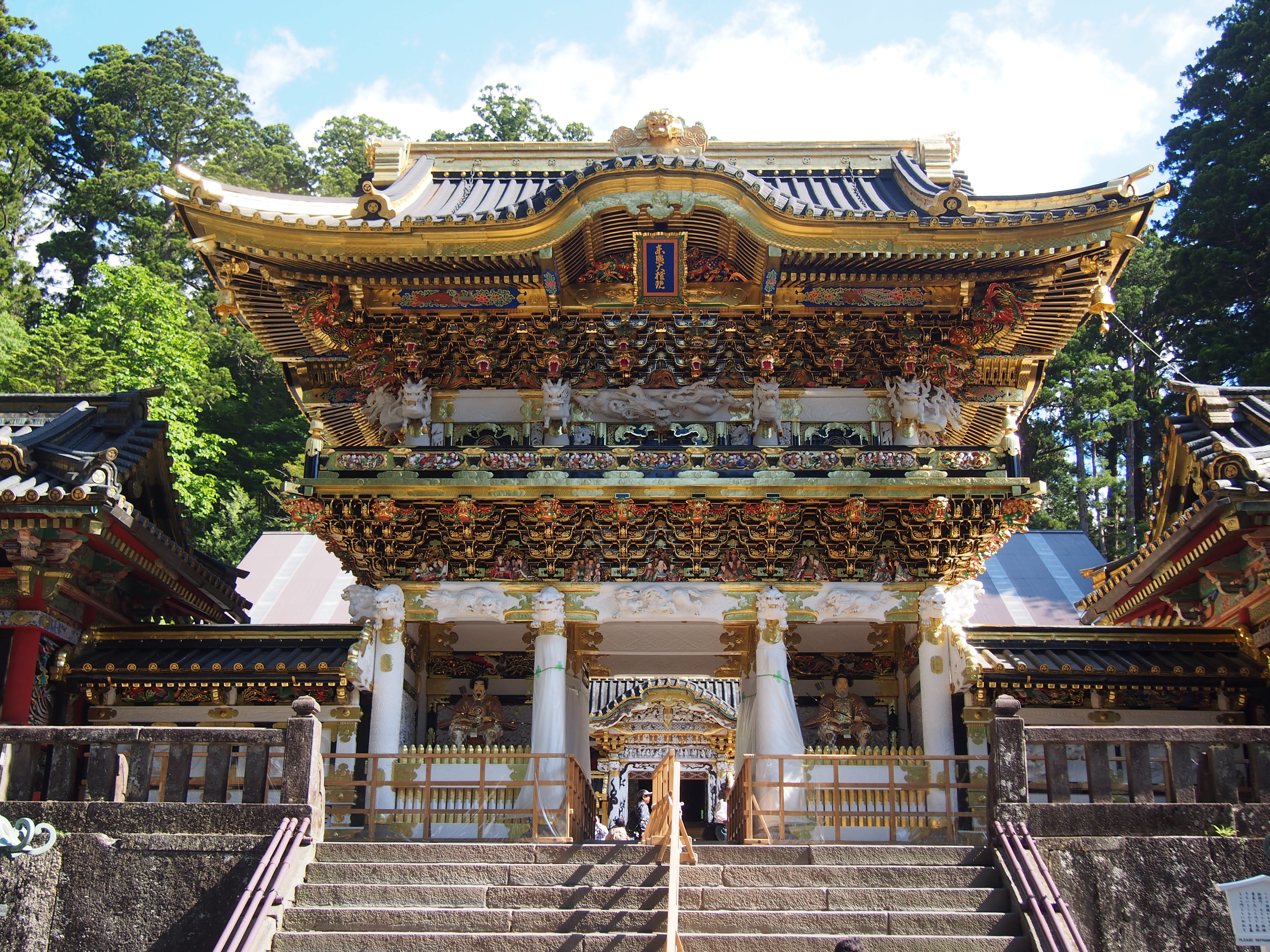
Toshogu Shrine
Impressive Nature and History in Oku-Nikko
Beyond Nikko’s historic shrines and temples is Oku-Nikko, a region filled with natural wonders. Ancient volcanic activity associated with Mt. Nantai has contributed to the formation of the Oku-Nikko landscape, including picturesque Lake Chuzenji and the Senjogahara Wetland, known for their excellent bird watching, diverse range of plants, and magnificent waterfalls. Venturing into Oku-Nikko is a great opportunity to enjoy this awe-inspiring natural scenery. Mt. Nantai and the surrounding areas have long been considered sacred. These beliefs, associated with Shinto, and centered on respect for the mountains, are known as Sangaku Shinko.
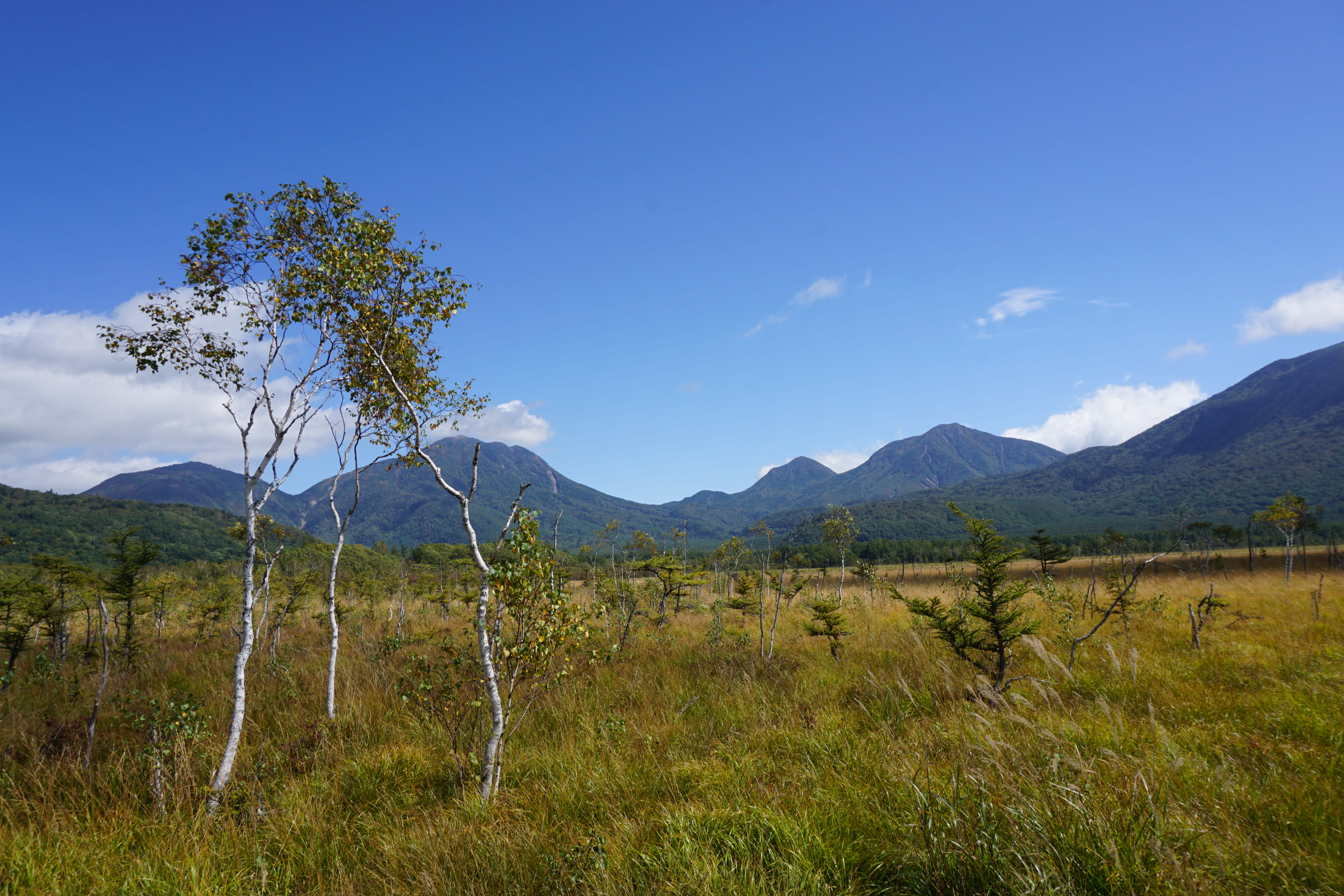
Senjogahara
During the Meiji period (1868–1912), Oku-Nikko captured the imagination of foreign residents in Japan and visiting diplomats. The area became renowned for its cool summer climate and gorgeous landscapes among the foreign community in Japan and led to the construction of a number of foreign embassy villas. Guests can learn about the history of this thriving international community by visiting the former Italian and British embassy villas. Gazing out of the windows of these lovingly preserved villas, visitors can appreciate the serene landscape around Lake Chuzenji’s shores. These beautiful views drew the attention of British diplomat Ernest Satow (1843–1929), who famously chronicled his years in Japan from 1862–1869, when the country was changing from rule by Shogunate to Imperial rule, in his book “A Diplomat in Japan.”
More than just beautiful landscapes, Oku-Nikko offers a range of activities, including sightseeing, water sports, and hiking on trails suited to visitors of all fitness levels. The wider range of environments here also supports unique wildlife, including the Japanese serow (Capricornis crispus), variously described as a large chamois or goat-antelope, and the fascinating Japanese macaque monkey.
Peaceful Walks in Nasu and Shiobara
Similar to Oku-Nikko, this region was originally formed by volcanic activity, but unlike Oku-Nikko’s dramatic landscapes, peaceful plateaus and valleys can be found here.
Nasu and Shiobara are topographically distinct, the former known for its scenic mountains and plateaus, and the latter for its valleys. Both boast truly beautiful flora, including varieties of azaleas, lilies, and other wildflowers in the spring and summer. Autumn brings bright crimson and golden foliage, giving way to pure powder snow in the winter.

Monkey © Nikko Natural Science Museum
Mt. Chausu, the main peak in the Nasu mountain range, is an active volcano. A ropeway ride, followed by a hike, gives visitors stunning views of the lush valleys and plateaus below.
Nasu was one of the favorite destinations of Emperor Showa (1901–1989), who came here to escape the oppressive summer heat of Tokyo. The region continues to be a favorite destination of the Japanese imperial family. Indeed, the Nasu Heisei no mori Forest was incorporated into the national park in 2011 at the suggestion of the emperor during the current Heisei period (1989–present). There is an arbor preserved in the forest here, once used by the Japanese imperial family, which is open to visitors. The Nasu Heisei no mori Forest Field Center offers educational programs on the history and nature of the forest and arranges guided tours through the lush, pristine woods.
Much of the land in Nasu is dedicated to farming, notably the cultivation of delicious vegetables and dairy production. It is the largest high-quality dairy producing region on the main island of Japan. Visitors here can enjoy a glass of rich, refreshing milk, the providence of nature in Nasu. This, and all the other experiences, are a joy for all the senses.

Mt. Nasudake
A trip to the Shiobara region is not complete without a walk along the Hoki River ravine in Shiobara Onsen, especially in autumn, when a curtain of crimson and gold drapes the landscape, astonishing all who visit. This landscape also fired the imaginations of some of Japan’s literary legends, including famous novelist Natsume Soseki (1867–1916), author of “Kokoro” and “I Am a Cat,” who stayed at the local hot springs in the company of other notable Japanese writers. Visitors today can follow in their footsteps, drawing inspiration from the hot springs district and its beautiful natural setting.
The natural hot springs, or onsen area of Itamuro and the Happogahara Plateau, renowned for its vivid azaleas, is also in the Nasu and Shiobara region. Because the area is so big, visitors are encouraged to spend a few days so they can fully explore this natural paradise.
Nature and the Soothing Hot Spring Onsen of Kinugawa
The Kinugawa region is surrounded by mountains, including the majestic Mt. Nyoho and Mt. Kinunuma. Over time, the Kinugawa River, Yunishigawa River, and other rivers running through the area have created dramatic ravines. Visitors can enjoy exhilarating boat rides down these rivers as they pass through the ravines with their impressive, rugged cliffs.
Nestled in the mountains around Kinugawa are onsen including Kinugawa Onsen, Yunishigawa Onsen, Kawamata Onsen, and Kawaji Onsen. This hot spring area is rich in traditional legends, folklore, and age-old customs and culture, just waiting to be discovered.
The large Heike Taisai festival in June each year, in particular, draws many visitors with colorful events including samurai parades, drum and biwa (Japanese lute) performances, and other events. The festival is held in honor of the powerful Taira Clan that ruled Japan during the late Heian period (794-1185). Other seasonal events include the Kamakura Festival (featuring Japanese igloos and mini-igloos) in winter, one of the many other ways to enjoy this fascinating area.
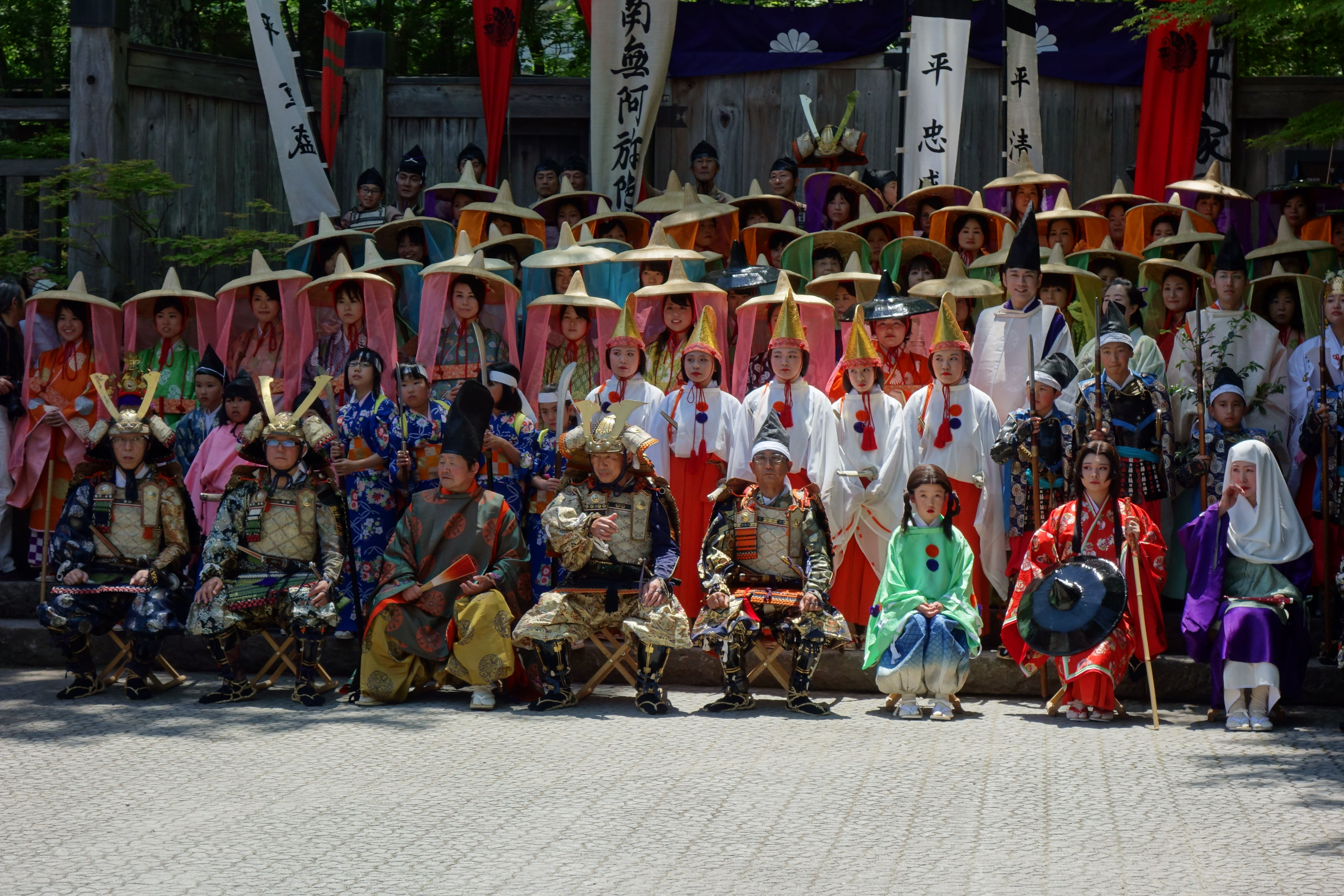
Yunishikawa Onsen Heike Festival

